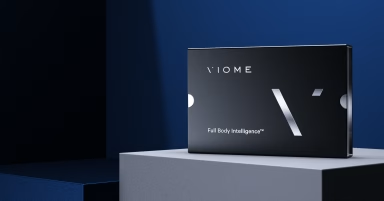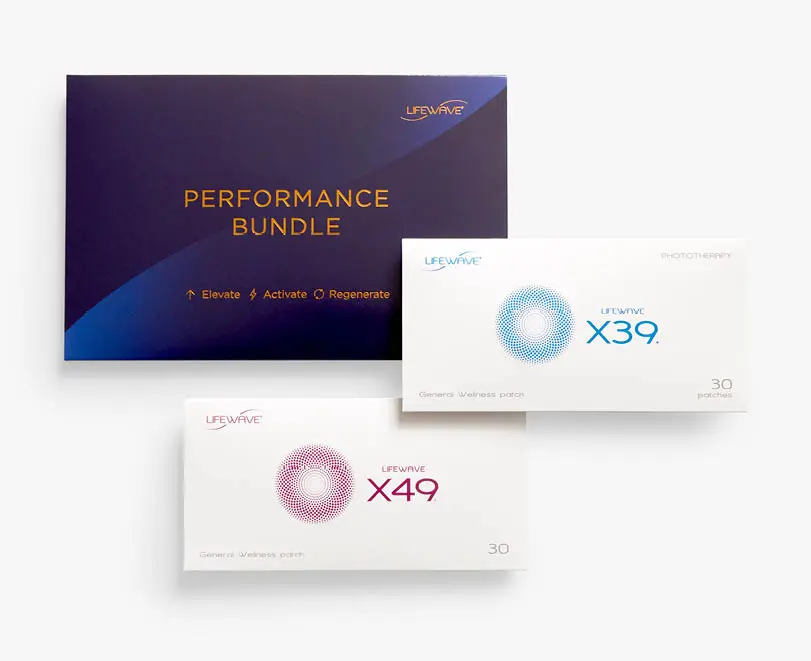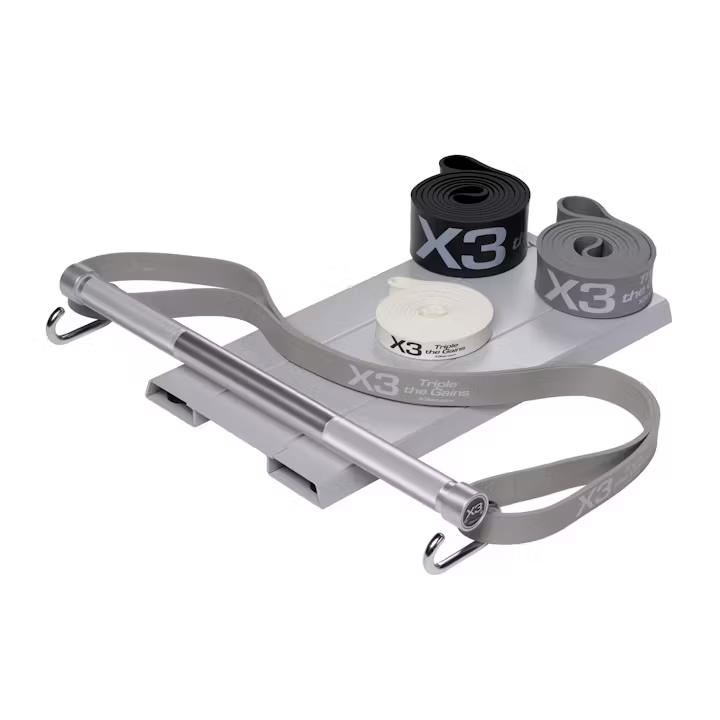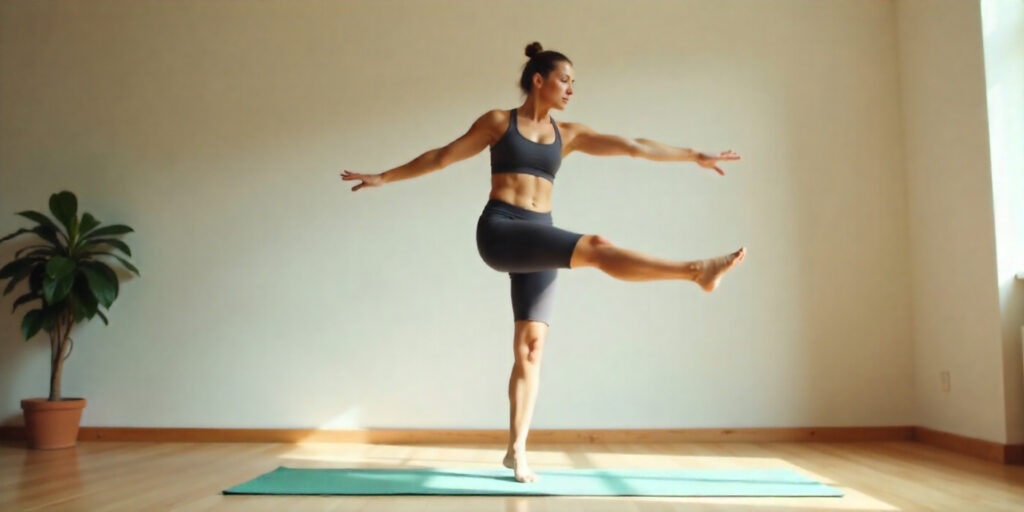
Introduction
Did you know that standing on one leg for just 30 seconds daily can reduce fall risk by 30% in seniors and sharpen decision-making at any age?
Single-leg balance isn’t just a fitness test—it’s a powerful neural workout that rebuilds proprioception, activates the cerebellum, and enhances body-brain communication.Whether you’re an athlete, office worker, or retiree, this simple practice delivers profound benefits for mobility, coordination, and cognitive speed. Here’s how to master it at any level.
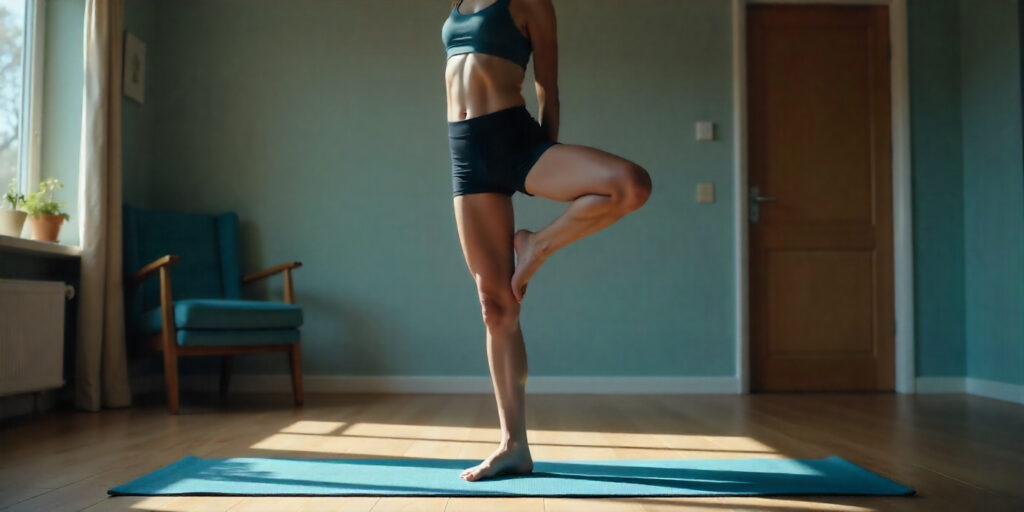
The Science Behind Single-Leg Balance
Research reveals that daily balance practice:
Reduces fall risk by 30% (critical for aging populations)
Rebuilds proprioceptive nerves (improves body awareness)
Activates the cerebellum (boosts decision-making speed)
Strengthens stabilizer muscles (ankles, hips, core)
The cerebellum, often called the “little brain,” governs coordination, precision, and timing—meaning balance training literally upgrades your brain’s processing power.\
The 3-Level Balance Progression
Exercise: Brush your teeth while standing on one leg (hold counter if needed).
Why it works:
- Builds baseline stability
- Easy to integrate into daily routines
Strengthens ankle and hip stabilizers
Neural Challenge (Intermediate)
Exercise: Balance on one leg with eyes closed for 10 seconds.
Why it works:
- Removes visual reliance, forcing proprioceptive adaptation
- ↑ Neural demand by 300% (vs. eyes-open balancing)
- Sharpens vestibular system (inner ear balance)
Dynamic Integration (Advanced)
Exercise: Toss a ball against a wall while balancing.
Why it works:
- Combines balance + coordination + reaction time
- Mimics real-world demands (sports, uneven terrain)
- Supercharges cerebellum activation
Frequency: Aim for 30 seconds per leg, daily.
Neurobonus: How Balance Training Upgrades Cognition
The cerebellum doesn’t just control movement—it’s also linked to:
- Faster decision-making
- Improved focus
- Emotional regulation
Studies show balance exercises enhance white matter connectivity, meaning your brain communicates more efficiently.
Who Should Practice Single-Leg Balance?
This exercise is essential for:
- Aging adults (fall prevention)
- Athletes (injury resilience, agility)
- Office workers (counters sedentary stiffness)
- Neurological rehab (stroke, Parkinson’s support)
- Anyone seeking sharper reflexes

Take Your Training Further
For personalized guidance on balance, mobility, and brain health, explore tailored strategies to optimize your performance.
Discover Advanced Techniques Here
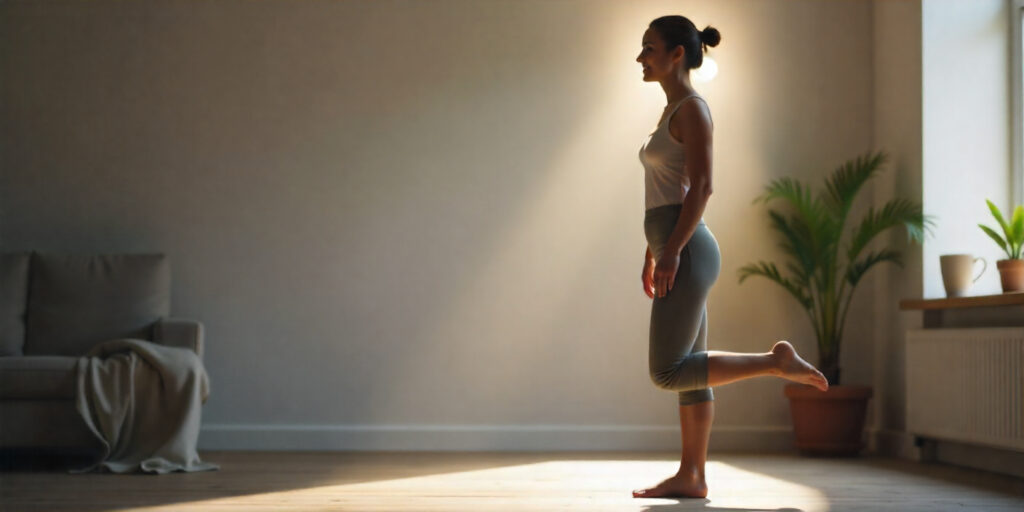
Final Thoughts
Single-leg balance is a zero-cost, high-reward biohack for longevity, athleticism, and cognitive vitality.
Just 30 seconds a day can rewire your nervous system for better stability, faster thinking, and confident movement.
Start today—your future self will thank you!



